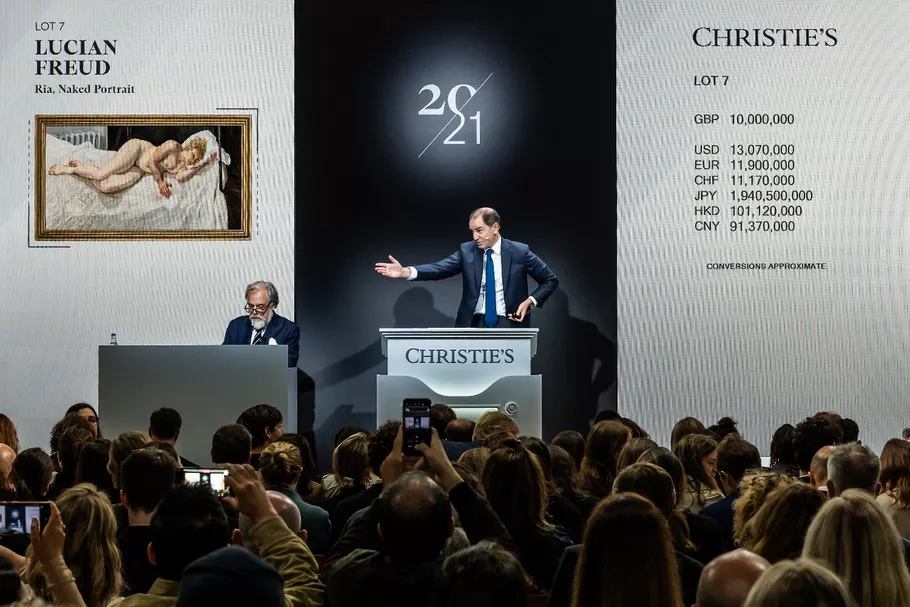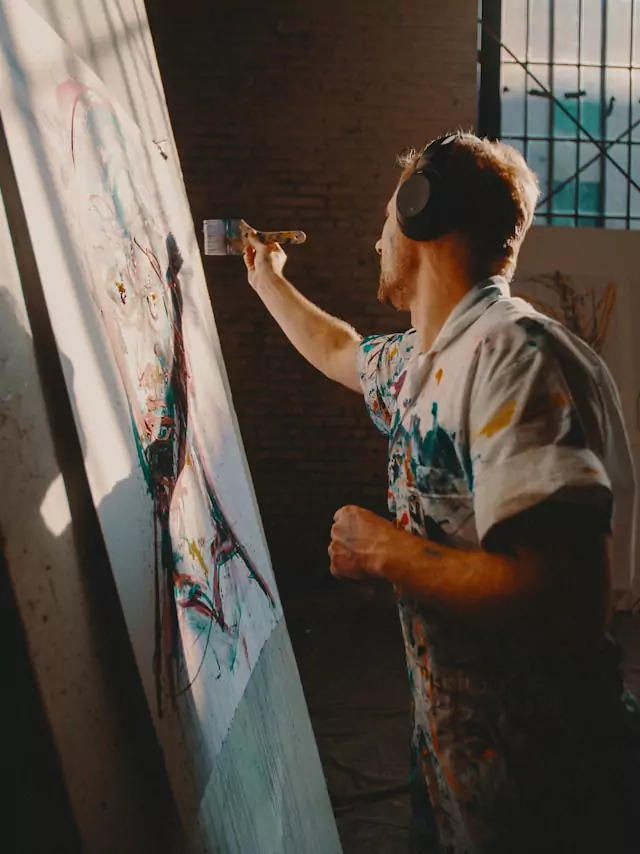Looking for a muse? Check no further. Discover the Best of Art, Culture, History & Beyond!

The art market in 2025 is undergoing significant transformations, influenced by technological advancements, shifting collector preferences, and evolving global dynamics. As an art connoisseur and dealer, I’ve observed several key trends shaping the industry this year.
1. Digitalization: The Driving Force of the Market
The integration of digital technologies continues to revolutionize the art world. Online platforms have democratized access to art, enabling collectors worldwide to discover and acquire works without geographical constraints. This shift has attracted a younger, tech-savvy demographic, expanding the collector base and fostering a more inclusive market. Digital catalogs, virtual reality exhibitions, and blockchain authentication are becoming standard practices, enhancing transparency and trust in transactions.
2. The Rise of Private Sales
In response to economic fluctuations and a desire for discretion, private sales have gained prominence. Major auction houses, such as Christie’s and Sotheby’s, have prioritized these confidential transactions, offering tailored experiences for high-end clients. This approach not only reduces the costs associated with public auctions but also provides flexibility in negotiations, catering to the specific needs of both buyers and sellers.
3. A Return to Established Artists
Amid economic uncertainties, collectors are gravitating towards works by well-established artists, viewing them as stable investments. Masters like Claude Monet, Paul Cézanne, Andy Warhol, and Pablo Picasso continue to dominate the market, reflecting a cautious approach among buyers. This trend has posed challenges for emerging artists, as galleries supporting new talents experience a slowdown in sales.
4. Fragmentation Due to Globalization Pressures
While technology has interconnected markets, geopolitical tensions and trade barriers have led to a more fragmented art landscape. Collectors are increasingly focusing on local markets, with regions like Saudi Arabia, India, and China emerging as significant art hubs. This localization reflects a strategic response to global economic uncertainties and regulatory changes, prompting a reevaluation of traditional market practices.
5. Embracing Biophilic Art and Sustainable Practices
A growing awareness of environmental issues has influenced artistic themes and collector preferences. Biophilic art, which emphasizes humanity’s connection to nature through organic colors, shapes, and textures, has gained popularity. Collectors are seeking artworks that promote wellness and serenity, aligning with a broader societal shift towards sustainability and ecological consciousness.
6. The Emergence of New Collectors
The art market is witnessing an influx of new collectors, particularly from diverse geographical and socioeconomic backgrounds. This diversification is reshaping demand, with a noticeable interest in contemporary and affordable works. The accessibility provided by digital platforms has empowered these new buyers, fostering a more dynamic and varied market landscape.

7. Cross-Industry Collaborations
Collaborations between the art world and other industries, such as fashion, technology, and entertainment, are becoming more prevalent. These partnerships are expanding the reach of art, introducing it to new audiences, and creating innovative experiences. For instance, the integration of art into video games and virtual reality platforms offers immersive storytelling opportunities, blending traditional artistry with modern technology.
8. The Shift Towards Affordable Art
Economic factors have led collectors to focus on more affordable artworks, moving away from high-end pieces. This trend has opened opportunities for emerging artists and made art collecting more accessible to a broader audience. The emphasis on affordability reflects a pragmatic approach, balancing passion for art with financial considerations.
9. The Impact of Economic Policies
Political changes, such as shifts in tax policies under new administrations, are influencing the art market. Tax incentives or restrictions can significantly impact purchasing decisions, affecting both domestic and international art transactions. Collectors and dealers must stay informed about policy changes to navigate the evolving financial landscape effectively.
10. The Growth of Art Finance
The development of art-backed financial products and services is adding a new dimension to the market. Art finance allows collectors to leverage their collections for liquidity, providing flexibility in portfolio management. This trend signifies the maturation of the art market, recognizing art as a viable asset class within the broader financial ecosystem.

11. Evolving Gallery Models
Galleries are adapting to changing market conditions by exploring new business models. Collaborative exhibitions, pop-up shows, and online viewing rooms are becoming common, allowing galleries to reach wider audiences and reduce operational costs. These innovative approaches reflect a willingness to evolve with the times, ensuring relevance in a competitive market.
12. Focus on Diversity and Inclusion
There is an increasing emphasis on promoting diversity and inclusion within the art world. Initiatives to support underrepresented artists and curators are gaining momentum, enriching the cultural dialogue and expanding the range of perspectives showcased in galleries and museums. This focus is reshaping institutional policies and influencing collector interests, fostering a more equitable art community.
13. The Role of Art Fairs
Art fairs continue to be significant events for networking, sales, and exposure. However, there is a noticeable shift towards hybrid models, combining physical exhibitions with digital components. This approach accommodates a global audience, offering flexibility and broader engagement opportunities. The evolution of art fairs reflects the industry’s adaptability to changing collector behaviors and technological advancements.
14. The Influence of Social Media
Social media platforms have become powerful tools for artists and galleries to promote works and engage with audiences. The direct interaction facilitated by these platforms allows for real-time feedback and community building. Artists can showcase their creative processes, while collectors can share their acquisitions, fostering a vibrant and interactive art ecosystem.
15. Challenges in Art Valuation
The dynamic nature of the art market presents challenges in valuation, especially with the rise of digital art forms and NFTs (Non-Fungible Tokens). Establishing standardized metrics for these emerging mediums is crucial for maintaining market stability and buyer confidence. Appraisers and institutions are working towards developing frameworks that accurately reflect the value of both traditional and digital artworks.
The art market in 2025 is characterized by a blend of tradition and innovation. While collectors seek security in established artists, digital advancements and new market dynamics are reshaping the industry’s future. The continued rise of online platforms, the growing importance of private sales, and the shift towards regional art hubs highlight the evolving nature of the market.
While economic uncertainties and geopolitical tensions present challenges, the resilience of the art world lies in its adaptability. The increasing focus on sustainability, diversity, and technology-driven solutions ensures that the market remains vibrant and forward-looking.
As we move further into 2025, art dealers, collectors, and institutions must stay informed about these emerging trends. Understanding these shifts will allow them to navigate the market successfully, making strategic investments and fostering meaningful connections within the global art community.

This article is published on ArtAddict Galleria, where we explore the intersections of art, history, and culture. Stay tuned for more insights and discoveries!
